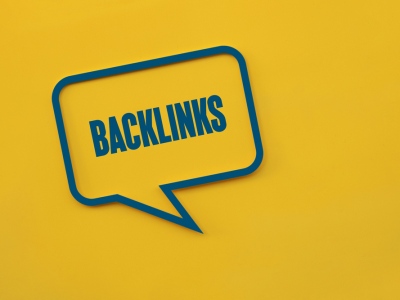
While many webmasters will go to great lengths to optimize their website content, architecture, and navigation, many will completely overlook the need to also optimize their images. This is often a strange decision because image optimization does not require that much time (unless you have one million content images). Moreover, image optimization can be extremely rewarding because it not only helps your website rank better in organic search results, but it also allows you to get more traffic through search engines’ images search features such as Google Images. There are a few things to keep in mind whenever you are implementing an image optimization strategy.
Identify which images to optimize
The first thing to do before you actually start optimizing your images is to identify which of these actually need to be optimized. Obviously, you cannot just go around optimizing all your images one by one. This can be a daunting task, especially if your website is using a content management system (CMS) and if it literally has hundreds of images. You should only focus on optimizing images that are used within the content of your website.
There is no need to optimize simple template images. In fact, if you do go ahead and start optimizing every single image of your website including five-pixel images, you run the risk of getting a penalty for over-optimization. In some cases, you may find yourself with the dilemma of having a huge number of images to optimize and may not have the resources to do so. In such cases, you should whip up your stats, check which pages are more popular within your website, and optimize the images on these particular pages.
The image optimization process
If you have already optimized the rest of the website, the image optimization process will not be difficult. The most important steps required in the image optimization process are the following:
- the image name
- the ALT attribute
- the TITLE attribute if the image is a link
The image name
The image name should contain your targeted keywords and should use hyphens to separate different words. However, it is extremely easy to over-optimize these images and you need to be careful with your naming. Generally, an image name should not contain more than three hyphens and it should also be faithful to the image itself. As an example, an image about the Grande Anse beach in Reunion island could be named grande-anse-reunion.jpg and this would be acceptable to search engines.
The ALT attribute
The ALT attribute is quite similar to the image name in that you should be careful with what you are doing if you don’t want to trigger the search engine spam alarms. Most importantly, many webmasters simply put a lot of keywords in their ALT attributes as they think that search engines will not notice. However, this is a very risky strategy.
Your ALT attributes should instead contain a very brief description of the image. One or two keywords are fine as long they are relevant to the image, but any more can potentially penalize your website. For example, a Seychelles resort image can indeed have an ALT that reads “Quality resorts in Seychelles”, but more than five words would be simply keyword overloading.
The TITLE attribute
The image TITLE attribute is required only if a particular image is used to link to another page. It is not essential otherwise, and you can omit it if this step would require too much time and too many resources to be implemented. However, you should use it when you are posting new content on your website. Your TITLE attribute should never be the same text as the ALT, and should provide information about the destination page, just as you would do with a text link. As usual, be careful with your use of keywords if you don’t want to incur a penalty.
About: Ashvin Sawmynaden is a travel blogger who regularly writes about the AJ Petite Ile. He is also the webmaster of the first Mauritius Newspapers blog.










Comments